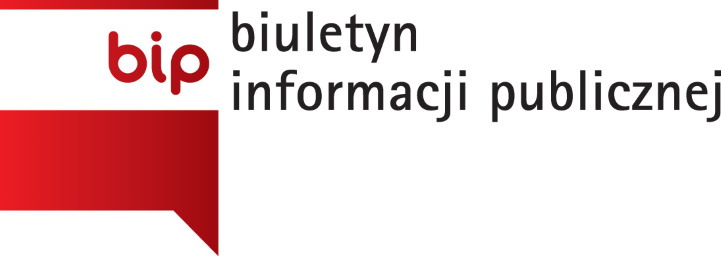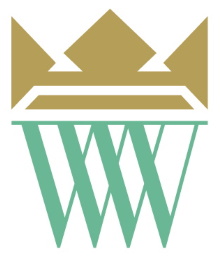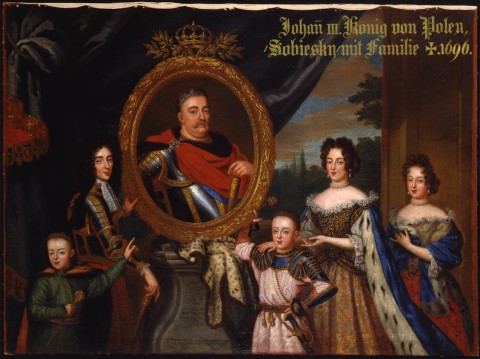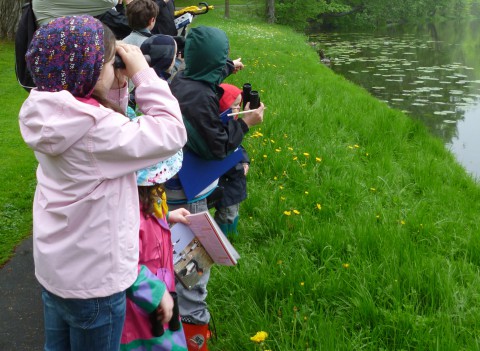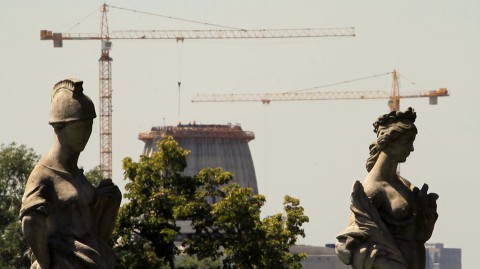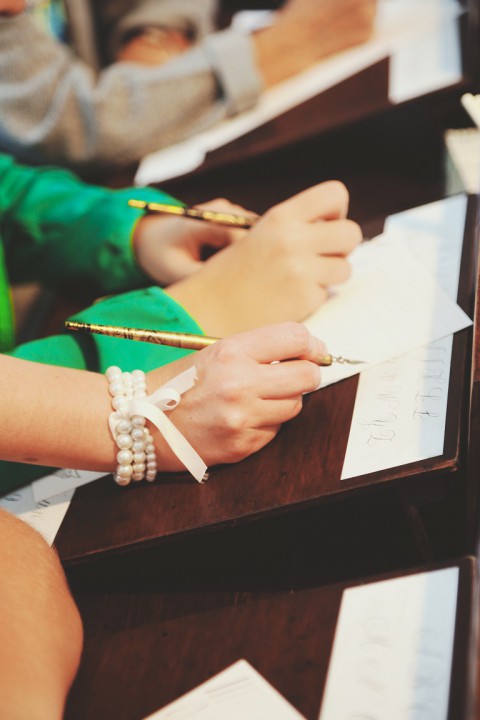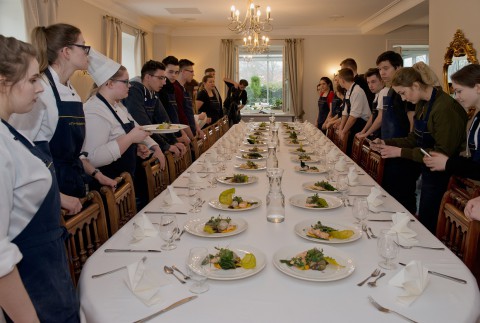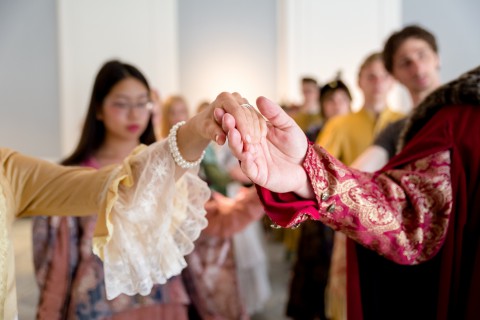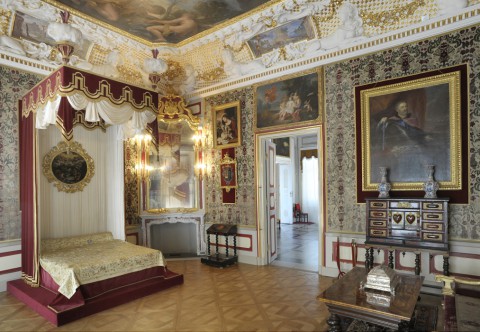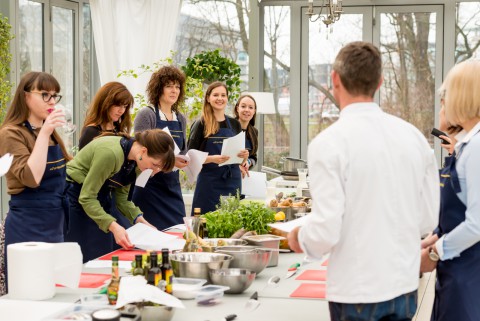Discover the Palace! – educational activities for groups of all ages
CHILDREN AND YOUTH
HISTORY CLASSES
The Royal Family (Ages 4–6)
Who were members of the royal family residing in the palace at Wilanów? How do we know that a given room belonged to the king or the queen? During the walk around the oldest part of the palace we will get to know all royal family members and unravel funny nicknames given to the princess and princes. We will discover in what way a palace is different from a castle and how royal family spent time at Wilanów. We will count who occupied more chambers – the king or the queen? We will move in the royal entourage with a colouring book and royal dolls made by an artist.
A Visit to the King (Ages 6–12)
Although King Jan III will not be our host in his palace in person, we will get to know him quite well while visiting chambers where he resided over 300 years ago. We will learn whom he called “invincible passion”, how many books he gathered in his royal library and what he fancied reading. We will also answer the question if the victor of the Battle of Vienna really went to war wearing sandals. Perceptive visitors will find a grey-brown cat and a monkey in royal chambers. In the end, the visitors will have a chance to feel like a real seventeenth-century nobleman by putting on żupan and kontusz, traditional clothes of that epoch.
The Palace Interiors and their Symbolism – I and II tour (Ages 13–19)
Works of art decorating the interiors of the Palace at Wilanów can speak. It brings an immense satisfaction to be able to understand their language. The symbols allow to convey complex messages in a concise but often also ambiguous and subversive way. We will learn during the classes that the ability of careful observation is the key to understanding symbolic and allegoric meanings. While analysing selected works of art, we will discover what King Jan III wanted to tell his contemporaries and descendants.
Classes available in tour 1 and tour 2 of the palace.
NATURE CLASSES
Green Expedition (Ages 4–9)
It is an amazing journey into the world of park nature. We will find out what plants and animals can be seen in Wilanów gardens and in its park and learn how to distinguish them. We will discover how the animals adopt to life on land (in the park) and in water (in Wilanów Lake). We will also wonder if plants and animals are useful for people.
Nature Observatory at Wilanów Gardens (Ages 10–15)
During our classes we will observe and distinguish plants and animals found in the royal gardens. Apart from keeping our perceptive eyes open, we will be aided by optical equipment – magnifying glasses and binoculars.We will learn how to describe local and foreign tree species. We will look for trails of animals that might show us the way to their houses– tree hollows, burrows and nests.
The classes are recommended for making the schoolmaterial regarding plant and animal kingdoms complete.
(Eco)logical Wilanów – outdoor activities (Ages 7–19)
We all know about global warming, climate change and the drought threatening many parts of the world. Do you think about how it affects you - or your schoolmates? Can you notice the impact of these changes in the surrounding environment? Let’s take a walk around the historic gardens of Wilanów and marvel at their beauty! While strolling, let’s also try and see the challenges they face. Think about our impact on the environment. What can we do about it? How big is it? We will work together to come up with best practices for taking care of our planet and its resources. We have no time to waste!
RE-ENACTMENT WORKSHOPS
Calligraphy - (un)forgotten Art (Ages 7–19)
Let’s discover the artistry of drawing letters in English handwriting! The main advantage of this type of handwriting, which is currently known as modern italics, gave and still gives the possibility of quite fast writing and easiness of reading. English handwriting in its original form of cancellaresca became a type of handwriting which was widely used in King Jan III Sobieski’s times. The individual letters are narrow and legible and, at the same time, have quite decorative shapes. A simplified version of English handwriting is taught at schools. Nevertheless, after a few years, we start to have our own handwriting and forget about the appropriate gradient, concavity and decorativeness of letters. During the workshop we will sit at wooden stands and try to write both with a quill pen and with a nib in a penholder. Workshops take place in a unique scenery of palace interiors or in a historic tent arranged as the old scriptorium.
In the Traditional Polish Kitchen (Ages 7–19)
The traditional Polish cuisine was full of mysteries, contrasts and unusual taste combinations. It is an exquisite mixture of many cultures, in which traditions of the West are flavoured with strong tastes of the East. During the workshop we will discover old tastes and traditions. Under the watchful eye of professional cooks and with help of culinary educators we will prepare dishes following the recipes taken from the first Polish cookbooks. In the end, we will sit down and taste the prepared dishes.
The classes are recommended for students attending cookery schools.
The last king's first cook (Ages 7–19)
Meet Paul Tremo, a master of culinary art and the most faithful cook of the last Polish king, Stanisław August! French chef at the Polish court? This interesting mix presented the latest fashion - light and exquisite cuisine, which met with typically Polish dishes. What came out of this mix? You will find out at the new culinary workshops. During the classes, we will get to know the flavors and traditions of the 18th-century cuisine, and under the supervision of professional chefs and with the help of culinary educators, we will prepare dishes according to Paul Tremo's recipes. At the end, we will sit down together at the table to taste the prepared dishes.
Feast Days in the Traditional Polish Kitchen (Ages 7–19)
Feast days are a special time when we go back to traditional dishes. During workshops we will discover how people prepared for feast days in the Old Polish times, especially in the kitchen. Which dishes have stood the test of time and which ones are already forgotten? We will also learn about old customs observed on feast days and find out why they were so important. We will also make old Polish dishes and later have a feast. The classes are also recommended for students attending cookery schools.
The classes are available from 16rd March to 10th April as well as from 23th November to 18th December 2020.
At the Royal Table (Ages 7–19)
We would like to invite you to a culinary workshop combined with elements of good table manners during which we will make you familiar with King Jan III’s cuisine. We will discover which dishes appeared on the royal table and which ones were among our ruler’s favourites. You will discover how feasts were prepared as well as learn about the rules of savoir faire at the table in the 17th century. We will prepare together royal dishes following old recipes and, in the end, lay the table and sit down to have a feast.
The classes are also recommended for students attending cookery schools.
Tastes of Warsaw (Ages 7–19)
During culinary workshops we will taste the independence of the 20s and 30s of the 20th century when the Polish cuisine was a rich combination of various culinary traditions, tastes, possibilities and fashions. We will tell you about the culinary transformations of that time and wonder what legacy we still have from the Old Polish cuisine. Under the watchful eye of professional cooks and with culinary educators’ help we will prepare dishes following the recipes of cookery books published at the beginning of the 20th century and sit down at the table to taste prepared dishes.
The classes are especially recommended for students attending cookery schools.
Dancing Court (Ages 13–19)
Evening dances are repeatedly mentioned in the records of Wilanów court. Dancing was one of Sobieskis’ most favourite forms of entertainment and was organized on many occasions and as frequently as possible. We know that Queen Maria Kazimiera was a great dancer, even though dancing surely is not an easy skill to master. Let’s try our hand at old dances – starting from basic steps and finishing at 17th-century polonaises, contradances and choreographies of court dances. This form of physical exercise shaped glamour, elegance and an upright silhouette, which we are also going to emphasize while mastering bows and elements of etiquette observed at King Jan III’s court.
Comfortable clothes and shoes are recommended for this workshop.
ADULTS
THEME WALKS
History and Symbolism of Palace Interiors – I and II tour
While visiting the interiors of the palace, we will learn about its history and creators: painters, sculptors, architects and numerous residents, including the most illustrious one – King Jan III. In the royal chambers we will take a closer look at decorations and mythological scenes presented in the paintings. We will discuss the significance of mythological allusions in the symbolism of the interiors of the Wilanów residence.
Activities available in tour 1 and tour 2 of the palace.
Wilanów Gardens
The Wilanów residence is surrounded by wonderful royal gardens. To the east of the palace there is a two-levelled Baroque garden, whereas to the north and south there are picturesque landscape gardens known as English gardens. How do we shape plants in such an amazing way? What makes them look like a colourful carpet? Why aren’t the mysterious-looking areas full of weeds? During our walks we will show you various types of garden compositions. We will find elements characteristic for Baroque, English and English-Chinese gardens during the practical part of the workshop and discuss the role of the sculptures placed in the greenery.
RE-ENACTMENT WORKSHOPS
Chefs’ Secrets
How to prepare fish that is partially baked, partially cooked and partially fried? What is the secret of the recipe for a dish that looks like buckwheat but has nothing to do with it? Is honey with spinach a dessert or the main dish? We would like to invite you to the royal kitchen for a culinary workshop where you will discover chefs’ secrets! We will teach you how to whet your appetite and stimulate your imagination. We will show you how to surprise your guests with extraordinary culinary ideas. We will cook basing on original recipes coming from the first Polish cookbooks.
In the Royal Kitchen of Paul Tremo
Is taste subject to fashion? What changes did the new era bring to the culinary world? We will tell you about the great transformations of Polish cuisine based on the recipes of Paul Tremo, the first chef of King Stanisław August and the creator of the famous Thursday dinners. We will present an amazing mix of light and exquisite French cuisine with typical Polish dishes. We will teach you how to use historical recipes to create modern dishes. At the end, we will sit down together at the table to taste a self-prepared meal.
Appetite for Warsaw – Cuisine of the Period Between Wars (1918–1939)
Get familiar with Warsaw tastes of the 20s and 30s of the 20th century! We will whet your appetite taking you for a trip around the most famous old restaurants of the capital city. We will tell you about culinary traditions, tastes, opportunities and fashions of the period between two major wars. We will find out which dishes were inspired by Old Polish cuisine. We will prepare dishes following the recipes from cookbooks coming from the beginning of the 20th century. In the end, we will sit down at the table and taste the extraordinary dishes.
_____________________________________________________________________________
Useful information:
Tickets prices: HERE.
Group cannot be bigger than 25 people. It is recommended that bigger groups should be split and their visits to the palace interiors should be organized with 15-minute intervals.
Educational activities take up to 90 minutes and are held in English. For availability in other languages please contact our Reservation Office.
_____________________________________________________________________________
Booking:
t: (+48) 22 5442 850 (Weekdays, 9 a.m. – 4 p.m.)
m: tickets@muzeum-wilanow.pl
_____________________________________________________________________________
Patronate:
suggested

Educational team
Paulina Szulist-Płuciniczak***Representative for Museum Educationpszulist@muzeum-wilanow.pl(+48) 22 5442 787(+48) 509 300 242Małgorzata Ziemińska***History-education programmes for organised groups and seniorsmzieminska@muzeum-wilanow.pl(+48) 22 5442 …

Historic culinary re-enactment programme "A Place at the Royal Table"
A Place at the Royal Table - programme realised in frames of European Year of Cultural Heritage 2018 within the …

A few words on the inscription on the plinth of Jan III Sobieski’s monument
In the Wilanów palace, in the passage from the White Hall to the Southern Gallery an equestrian statue of Jan …

Jan III Sobieski as an epic hero
At the turn of the 17th and 18th centuries, Europe was flooded with literature describing the victory over the Turkish …

The Book of Kabbalah of Marie Casimire Sobieska
Anxiety associated with an unrecognised and inscrutable future has accompanied mankind for years. Concerns about health, maintaining proper relations with …
